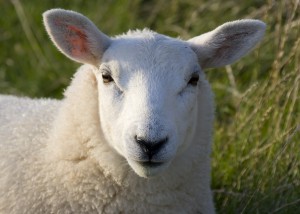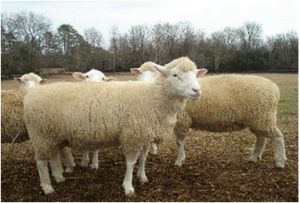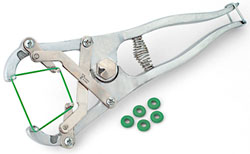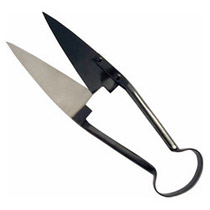My mother sent this to me and I found it quite interesting; the reference is at the bottom of the Adobe page along with the URL from SurvivoPedia; it’s one of my recommended websites. Reading through this article about raising sheep made me think of my younger years.
Historically sheep have been a staple of cultures from the time of their original domestication and the transition of people from hunter gatherer to farmer and herdsmen; between 11000 and 9000 BC. These animals were typically raised for the wool and milk and kept living till they grew old, at which time they were slaughtered. Most of the sheep meat consumed was mutton, or meat from old sheep, and not the delicious lamb we enjoy today.
Growing up we had a little flock of sheep on our self-sufficient farm. We had started with Suffolk sheep, one of the most common breeds, with striking black legs and face contrasting the white wool. For us these sheep proved to be very temperamental and difficult to work with. Many an hour was spent trying to round those buggers up and get them back behind a gate and fence.
Later we integrated the solid colored white Dorset into our fold and found them much more calm and easy to work with. It was also at this time that we purchased our own ram, also Dorset. Both types of sheep and the half breeds we raised provided great meat; though if you are not used to eating lamb or mutton it’ll take some getting used to.
Every year we had new lambs that were raised purely for meat, and the old sheep were kept till they passed with old age. We didn’t really have mutton for eating because my father found it difficult slaughtering the animals he had grown to know year after year, and even after they grew beyond having lambs the ewes hung around till they died naturally and then were buried. Obviously we could do this because we had an adequate amount of meat, and this was a luxury that could not have been afforded in an emergency situation.
If sheep have a bit of pasture land and get hey during the winter they do just fine. I found them a very hardy and easy to raise animal that can handle extremely cold temperatures.
When the lambs are born we used a hand held device to put rubber bands on their long tails and testicles. Both shrivel up and fall off with minimal irritation on the part of the lamb.
The one regret is that we didn’t know what to do with the mass amounts of wool produced, as we didn’t have the tools or knowledge to make use of it ourselves; and didn’t know any buyers. We started with a scissor style shears, and my father quickly realized that it was much harder than he remembered from his youth so we moved to an electric shear and gave them a buzz every spring.
We also never utilized the sheep milk; we had a dairy cow for that. Our animals were bread purely for meat.
If you’re interested check out the attachment; sheep can be a great additional to your self-sufficient lifestyle, and your kids will go nuts over the lambs.
Jon







Leave a Reply